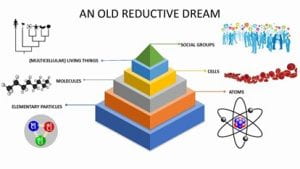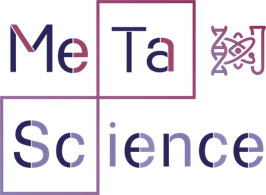By Dr Saima Nasar and Professor Madhu Krishnan, Co-Directors of the Centre for Black Humanities
The Centre for Black Humanities is an international hub for Black Humanities research in the heart of Bristol. The Centre aims to foster the broad range of research currently being done at the University of Bristol around the artistic and intellectual work of people of African descent. Some of our current interdisciplinary projects include Dr Josie Gill’s research on ‘Black Health and the Humanities’, Dr Elizabeth Robles’ work on Black British Art, and Dr Justin William’s project on UK Hip-Hop. Other research projects include those relating to ethics and social justice, literary activism, and slavery and its legacies.
The Centre is committed to reaching audiences outside the traditional university through a diverse programme of film screenings, reading groups, performances, and research collaborations with local communities. Such activities enable our research to generate impact in other areas including the cultural industries and higher education policy.
Our main priorities as a Centre are: collaboration, interdisciplinarity, engagement, exchange, and internationalism. The Centre works with academics, artists and practitioners – nationally and internationally – to produce world-leading research in Black Humanities. We work across disciplines in the Arts and Humanities but also beyond, with researchers in the Sciences and Social Sciences. Centre members also facilitate a wide range of public engagement activities based on our research in local, national and international settings, working with museums, charities and other organisations to deliver high-quality, non-academic outputs.

Additionally, we have active research partnerships with local writers, artists and grassroots organisations in Bristol. These help create high-profile opportunities for mutual exchange and collaboration on issues of local and national importance. We also have academic and creative partners in Uganda, Ghana, Senegal, Angola, Portugal, Brazil, and the US, amongst others. A list of our international board members can be found on our website.
The Centre has had a series of visiting scholars join us. In 2021, we were delighted to host Professor Nicola Aljoe. Professor Aljoe’s research is on Black Atlantic and Caribbean literature with a specialisation on the slave narrative and early novels. She described her time in Bristol:
‘Despite the ongoing COVID pandemic, my sojourn at the Centre for Black Humanities in Bristol during the fall term of 2021 was an incredibly productive and intellectually engaging experience. I conducted research in the Bristol archives on two related projects. The first was the creation of a digital map of the various locations associated with Black people in 18th – century London through the lens of Ignatius Sancho. The second project was my book manuscript on representations of women of colour from the Caribbean in fictional European texts between 1790 and 1830. Such data productively challenges notions of absence of Black people in the archives of Britain at this time, and provides more details about the complexities of their lives.’
The Centre offers exciting opportunities for our early career and postgraduate community, through cutting-edge research and dialogue with arts and community activists. This year, Adriel Miles, Alice Kinghorn and Francis Asante are coordinating a programme of events. Francis explained:
‘The Centre plans to organise a number of postgraduate research (PGR) seminars and reading groups. Two seminars are planned for the first teaching block on topics related to the exploration of racial communities in online spaces, and the relationship between race, music, and cultural politics. These events are designed to encourage a sense of community in the Centre, and to provide a space for learning and socialising. Preparations for the seminars are still ongoing, and further information about them will be shared soon.’
- To find out more, visit the Centre for Black Humanities website.
- Everyone is welcome to attend our seminar series. You can find more information about events and activities here: https://bristolblackhumanities.blogs.bristol.ac.uk/events/
- To join the Centre for Black Humanities as a member, please email us at cbh-publicity@bristol.ac.uk.
Dr Saima Nasar and Professor Madhu Krishnan
(Centre Co-Directors)
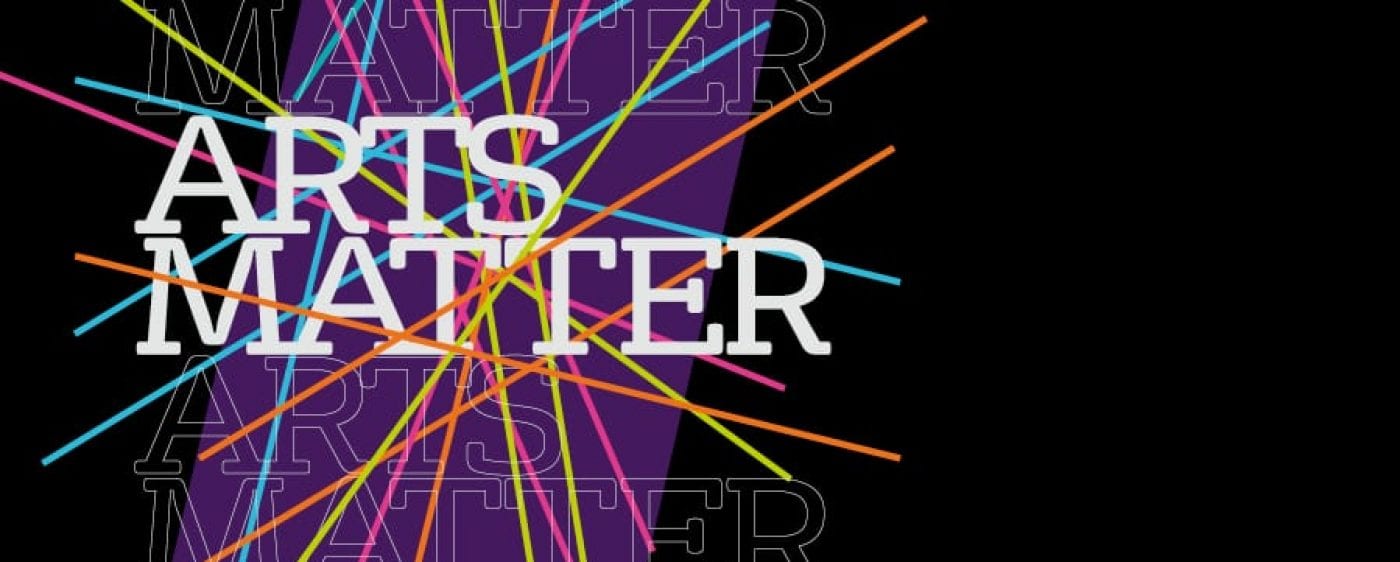



 Dr Xiaochun Zhang (
Dr Xiaochun Zhang ( Dr Richard Cole (
Dr Richard Cole (




 Your latest research project, based in the UK, is called Waves of Change – can you tell us more about it?
Your latest research project, based in the UK, is called Waves of Change – can you tell us more about it? 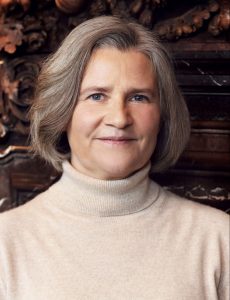 Professor Karla Pollmann, Dean of the Faculty of Arts
Professor Karla Pollmann, Dean of the Faculty of Arts Dr Shelley Hales, Faculty Admissions and Recruitment Officer
Dr Shelley Hales, Faculty Admissions and Recruitment Officer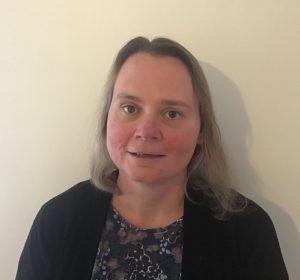 Michelle Coupland, Faculty Manager
Michelle Coupland, Faculty Manager